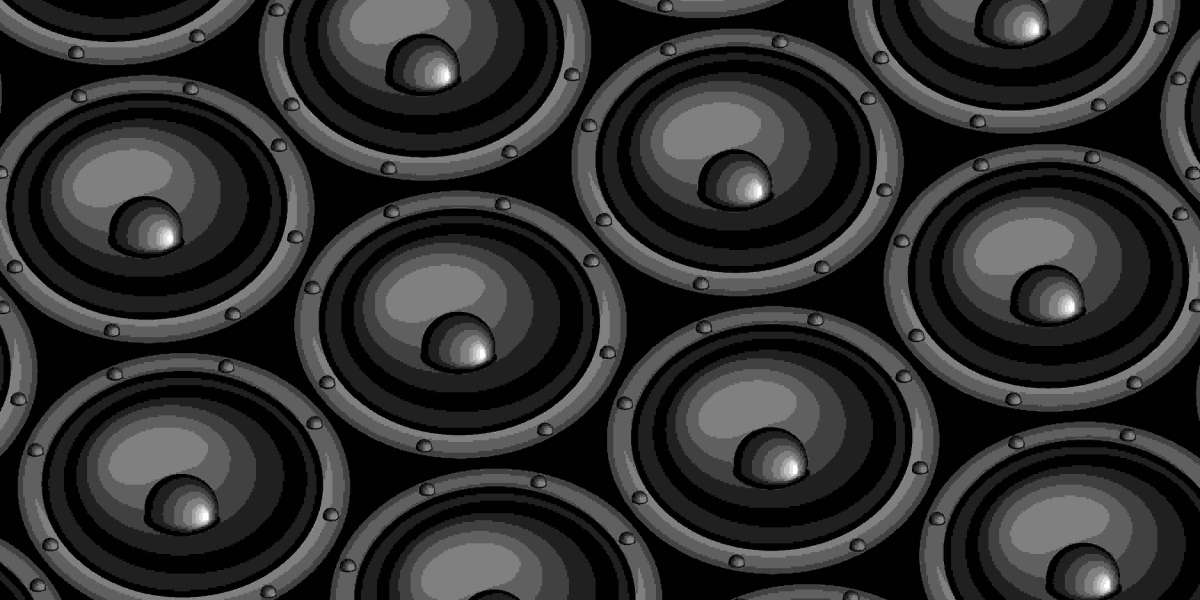Surround sound systems have come a long way from basic stereo setups with a few front speakers. Today's home theater enthusiasts have access to advanced surround formats like Dolby Atmos that can place audio all around the listening area for a truly immersive experience. However, properly implementing surrounded sound formats like Atmos often requires extensive speaker installations with multiple ceiling and height speakers positioned just right. For those that can't do a full overhead speaker setup, virtual surround sound technologies aim to simulate the effect through clever placements of existing speakers. In this blog post, we will explore how ceiling speaker placement can create virtual surround sound without requiring true overhead speakers.
Understanding Virtual Surround
Before diving into specific ceiling speaker setups, it's important to understand what virtual surround aims to achieve. The goal of virtual surround is to tricks the listener's ears and brain into perceiving sound as coming from above even when it is emitted from front, side or rear speakers at typical heights. This is accomplished through signal processing techniques that add subtle audio cues like delays, filter effects and ambience to speaker feeds. When combined with careful speaker placement aimed upwards, virtual surround can create overhead sounding effects from non-overhead speakers. However, the imaging is not as precise as true overhead speakers.
Optimizing Ceiling Speaker Placement
Proper placement of ceiling speakers is crucial for effective virtual surround. Here are some guidelines for optimal positioning:
Height Above Listening Position: Ceiling speakers should be mounted at least 5-6 feet above the main seating to create adequate separation from other speakers. Too low and effects won't sound overhead.
Distance From Walls: Mount ceiling speakers at least 1-2 feet away from the closest side wall. Being too close to a wall impacts imaging and sound staging.
Tweeters Aimed Down: Most ceiling speakers have moveable tweeters that can be angled toward the listening position. Proper downward aiming is essential for the "bubble effect."
Equidistant From Each Other: Where possible, space ceiling speakers evenly apart and an equal distance from the main listening position for balanced overhead imaging.
Avoid Obstructions: Don't mount ceiling speakers directly above furniture or other home theater equipment that could disrupt sound wave dispersion.
Virtual 5.1 Setup with Ceiling Speakers
A simple and effective virtual surround configuration uses existing front left/right and surround speakers, along with two ceiling speakers placed following the guidelines above. This creates a 5.1 channel "phantom" overhead effect without true Dolby Atmos height speakers.
The key is processing signals so ambient sound, background effects and certain audio objects are fed primarily to the ceiling speakers while dominant sounds focus on other positions. Subtle delays and adjustments further enhance the 3D imaging. With content encoded for 5.1 virtual height, this budget-friendly setup can deliver an impressively immersive experience.
Virtual 7.1 Setup with Additional Ceiling Speakers
For those looking to amp up their virtual surround experience, a 7.1 configuration using four ceiling speakers optimally placed as described can take things to another level.
With two pairs of ceiling speakers, 7.1 audio processing can better differentiate overhead sound localization and movement. Effects pan more smoothly across the ceiling plane instead of sounding like they are stuck between two points. The wider sweet spot is also more forgiving of off-center seating.
As with 5.1 virtual, content mixed for 7.1 with virtual height channels yields the best results by designating certain sounds primarily to ceiling speakers versus the other conventional positions. Even non-Atmos music shines with overhead ambience and depth added into the mix.
Tweaking Virtual Surround with DSP
While well-placed ceiling speakers lay the foundation, perfectly realizing virtual surround requires digital signal processing (DSP) adjustments by an knowledgeable audio video professional. Calibration ensures overhead accuracy by:
Setting Proper Delays: Measuring speaker distances allows precise emulation of their 3D position vs listening point.
Adjusting Level Balance: Overhead sounds need proper loudness relative to other speakers for realism but not overpowered.
Equalization: Subtle EQ tailors each speaker's frequency response for blending natural soundstaging.
Crossover Calibration: Integrating ceiling speakers with a subwoofer maintains smooth, seamless bass transition.
With expert DSP fine-tuning, the gap between virtual and actual Dolby Atmos is minimized to near indistinguishability for a fraction of the price. The brain hears balanced, all-encompassing audio even without physical overhead drivers.
Conclusion
While overhead and Dolby Atmos speakers deliver the most impactful 3D audio experience, clever virtual surround implementations show ceiling speakers alone can go a long way towards realistic immersive effects on a budget. With guidelines for optimal placement and digital signal processing calibration, two or four ceiling speakers are capable of breathtaking results that almost fool the ears and mind. For home theater fans seeking heightened realism without breaking the bank, virtual surround systems prove impressively adaptable and satisfying substitutes. With refinement ongoing, their holographic abilities will only continue improving the affordable home audio experience.
Read Related:- https://www.bloglabcity.com/future-trends-in-ceiling-speaker-placement-technology/








